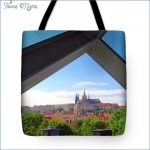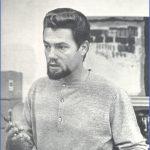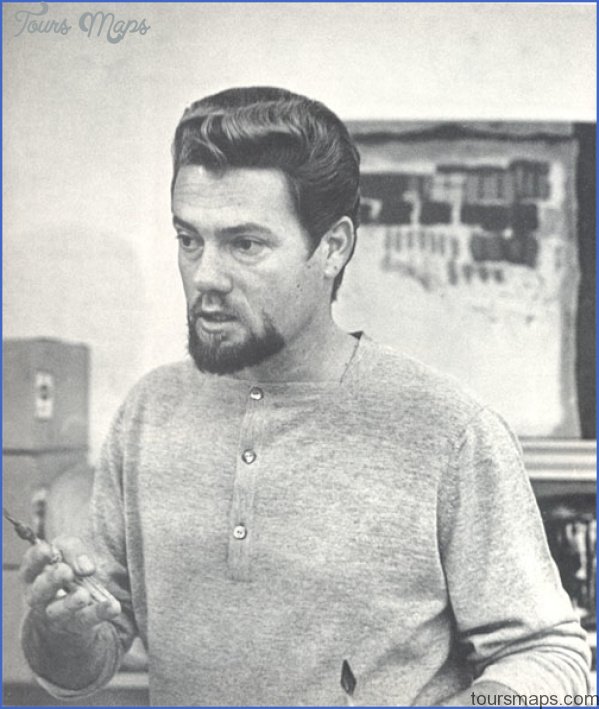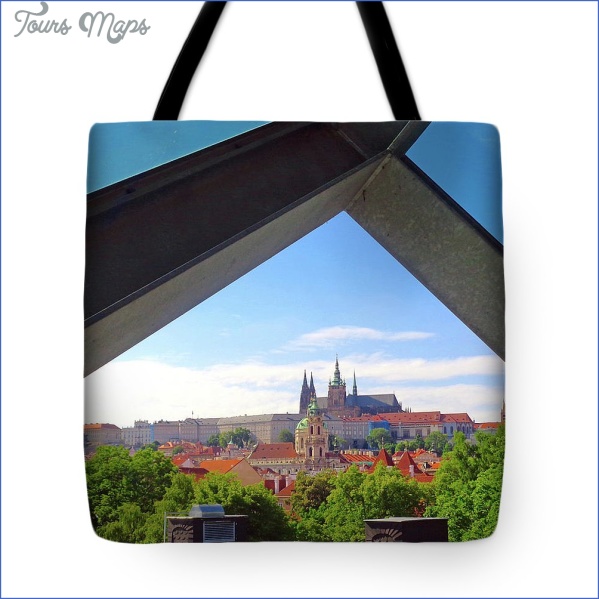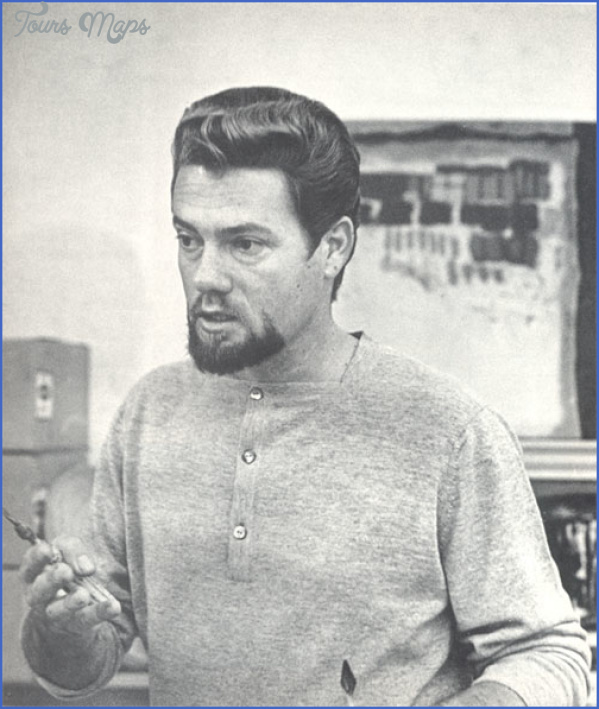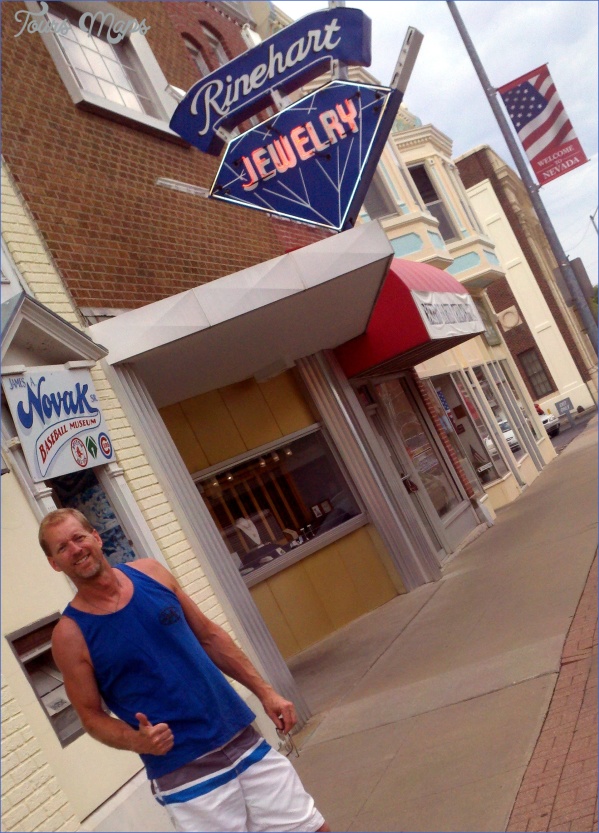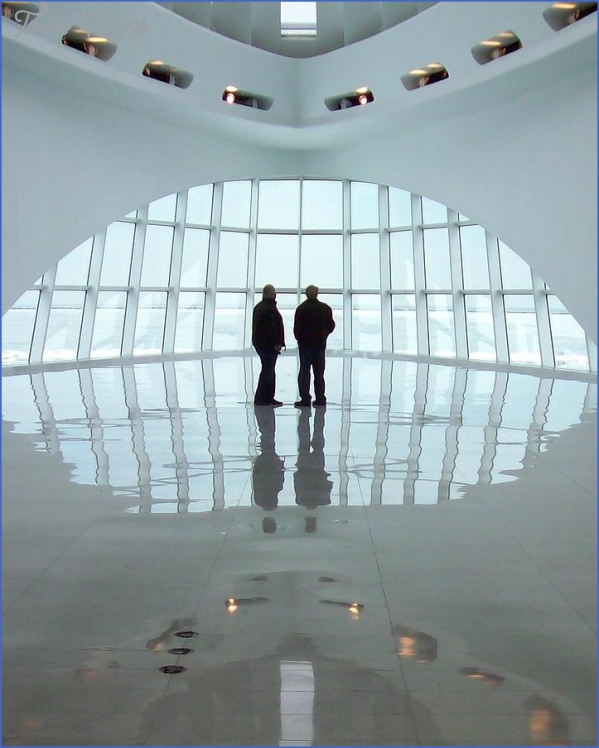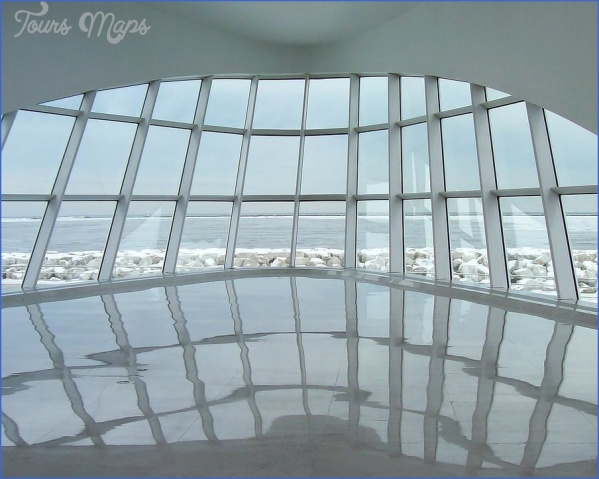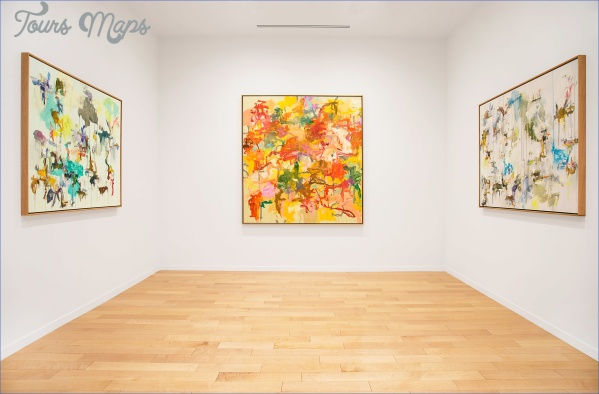NOVAK MUSEUM
To the Czechs, VMzslav Novak is a central figure in the national tradition. Born in 1870, in the south Bohemian town of Kamenice nad Lipou, about 100 km south-east of Prague, he was a pupil of Dvorak; later he was a distinguished teacher at the Prague Conservatory. His orchestral, piano and choral music is much coloured by his interest in the folk music of Moravia and Slovakia, although he never explored the implications of folk music as Janacek or Bartok did. During World War II his compositions (notably a De profundis and a St Wenceslas Triptych) proclaimed his response to political events. His considerable theatre output has remained admired in his native country. He died in Skutec in 1949.
Novak is commemorated in Kamenice nad Lipou, not in the actual house of his birth – that, in the main town square, is marked by a plaque, and there is also a bust facing it – but in a museum, one street away from the square, opened in 1970 to mark his centenary. This consists of a single room, large and subdivided, with displays clearly and neatly laid out in a series of modern showcases. Novak’s life is related in a collection of photographs of his birthplace, his contemporaries and a variety of documents. There are his original sketchbooks, of his drawings as well as his music, and a striking oil painting of him by his son shows that at least some of his talents were passed on. His own piano is there, and also the entire furnishing of his study in his flat in Prague – a sofa and chairs, his desk (pictures on it show the original disposition of the study), a bookcase, his glasses, his pen. There is a display of his publications, and another of letters (in facsimile); his personal life is represented with family pictures and a charming statuette of the man in his overcoat and hat. He was apparently much loved in
Kamenice and there is another bust of him in front of the town school; there is also a memorial in the nearby village of Johanka.
NOVAK MUSEUM Photo Gallery
Novak spent a good deal of time in his later years in Skutec, a town on the eastern side of central Bohemia, some 130 km east of Prague and about 100 north-west of Brno. This was the family home of his wife, Marie Praskova. It had originally been a shoe factory; Skutec was a centre of the Czech shoe industry and Marie’s parents ran a workshop there. Novak was 19 years older than his wife, who had been one of his pupils at the conservatory; he had visited her family at Skutec and spent holiday times there, and for three years during World War II they lived in the house. In 1954, his widow gave the building and its furnishings to the town, specifying that the ground floor be a city museum and the upper floor be devoted to her husband’s memory. The ground floor is now a small recital hall, seating about 100 people. Upstairs, you first enter a room that served as Novak’s study, which contains the original family furniture, along with portraits of his parents-in-law, a photographic portrait of Novak himself and an anonymous French landscape that he specially liked. Some of his awards and prizes are shown on the walls. There is a music salon, with his grand piano (by Wirth of Vienna) and a glass-fronted cabinet with books about him, memoirs and various of his medals; on the walls are portraits of Novak and his wife by their son as well as portraits of his grandparents. The principal display is in the third room, originally the bedroom – this is the room in which he died. Some of his own drawings, in pencil, are shown here, along with photographs covering several aspects of his life – family pictures, some showing him with Dvorsak, Suk, Janacsek, Talich and other colleagues, and a selection of documents, in facsimile, concerning his life and career, among them the letter in which he proposed marriage to Marie. Also exhibited are copies of his published music, early recordings, citations from the academic world (including his appointment as a National Artist), a bust, a cast of his right hand taken after his death and a picture of his funeral cortege.
Novak is remembered elsewhere in the Czech Republic: in Prague, where there is a bust in the house he lived in and a statue on a hill (with his ashes buried in its base); in Teplice nad Becvou there is another bust, and a school is named after him in Jindrichuv Hradec.
Maybe You Like Them Too
- Top 10 Islands You Can Buy
- Top 10 Underrated Asian Cities 2023
- Top 10 Reasons Upsizing Will Be a Huge Travel Trend
- Top 10 Scuba Diving Destinations
- World’s 10 Best Places To Visit


